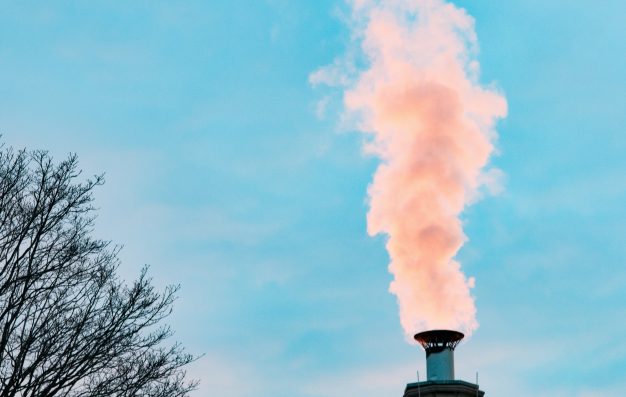
Air pollution levels across Europe still not safe, especially for children
More needs to be done to protect the health of children and adolescents from the negative impacts of air pollution, according to European Environment Agency (EEA) air quality assessments.
Air pollution causes over 1,200 premature deaths per year in people under the age of 18 in Europe and significantly increases the risk of disease later in life.
Despite improvements over past years, the level of key air pollutants in many European countries remain stubbornly above World Health Organization health-based guidelines, especially in central-eastern Europe and Italy.
Hans Bruyninckx, EEA Executive Director: “Air pollution levels across Europe are still unsafe and European air quality policies should aim to protect all citizens, but especially our children, who are most vulnerable to the health impacts of air pollution. It is urgent that we continue to step up measures at EU, national and local level to protect our children, who cannot protect themselves. The surest way to keep them safe is by making the air we all breathe cleaner.
In 2021, upwards of 90 per cent of of the EU’s urban population was exposed to harmful levels of nitrogen dioxide, ozone and fine particulate matter (PM2.5).
PM2.5 is one of the most damaging pollutants to human health, with exposure to PM2.5 a leading cause of stroke, cancer and respiratory disease. In 2021, 97% of the urban population was exposed to concentrations of PM2.5 above the 2021 WHO annual guideline of 5 µg (microgram) /m3. According to preliminary data from 2022, central-eastern Europe and Italy reported the highest concentrations of both PM2.5 due primarily to the burning of solid fuels like coal for domestic heating and their use in industry.
The EEA briefing ‘Europe’s Air Quality status 2023’ presents the status of concentrations of air pollutants in 2021 and 2022 for regulated pollutants, in relation to both EU air quality standards and the 2021 WHO guideline levels.
How clean is your city? Portuguese, Swedish cities score cleanest air
Faro, Portugal, and the Swedish cities of Umeå and Uppsala were ranked as the cleanest European cities and had the lowest average levels of fine particulate matter, or PM2.5, over the past two calendar years, according to the updated EEA city air quality viewer. Cities are ranked from the cleanest city to the most polluted, on the basis of long-term average levels of fine particulate matter.
Under the European Green Deal’s Zero Pollution Action Plan, the European Commission set the 2030 goal of reducing the number of premature deaths caused by PM2.5 (a key air pollutant) by at least 55% compared with 2005 levels. To this end, the European Commission published in 2022 a proposal to review the ambient air quality directives, aiming, among other things, to align the air quality standards more closely with WHO recommendations.
The EEA’s air quality assessments highlight pollutants deemed to be most harmful to human health or that exceed the EU air quality standards and WHO guideline levels most frequently. The concentrations are obtained from measurements in over 4,500 monitoring stations across Europe that are officially reported to the EEA by its member and other collaborating countries.




